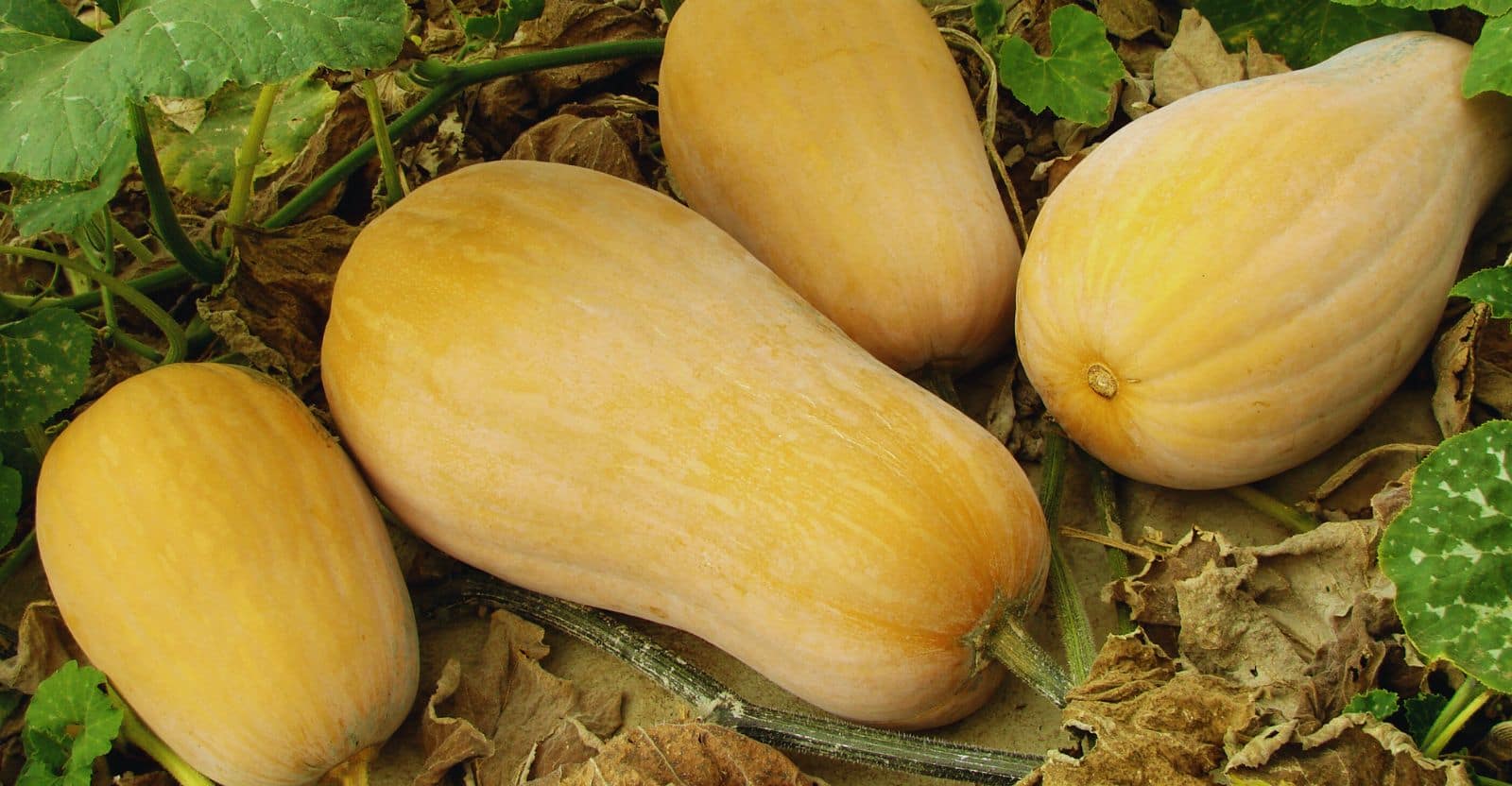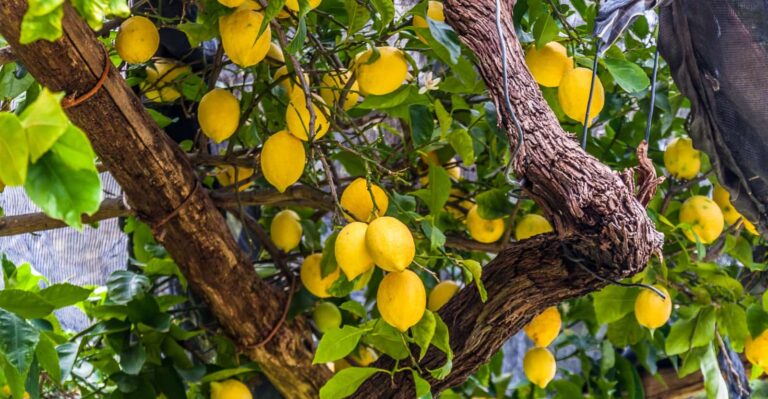Amazon has put together some great Home Gift Deals – save money and get your shopping done at the comfort of your home! Click here to see deals on Amazon
Butternut squash is a part of the cucumber family with a hard outer layer and smooth sweet pulp inside. When it’s green and unripe, it does not taste delicious. This is why many people like it fully ripened.
To get the best flavor and taste, you have to make sure it ripens on the vine. If you harvest it early, then it may not taste good, and you have to cure it before you can eat it.
Generally, it takes over 82 days for butternut squash to ripe and become harvest-ready. If you are planting Burpee’s Butternut squash, then it becomes prepared to harvest 75 days after planting.
When To Harvest Butternut Squash?
Butternut squash is a sweet and creamy vegetable that is perfect for various recipes. Once you have planted and grown butternut squash, it’s time to reap the reward of your hard labor.
But how do you know when to pick butternut squash?
First, check the time when you planted the butternut squash. Usually, it’s ready to harvest in September or early October. Keep a close eye during these times as you should be prepared to start picking it up anytime.
Here is how to find out which butternut squash is ready to harvest.
Check the Weight of Squash
Harvest-ready butternut squash is more massive than an unripe one. To find out if the butternut squash is ready to harvest, pick similar size squash, and compare the weight between each other.
The unripe butternut squash has full of moisture inside it which makes it heavier than the other. The harvest-ready butternut squash has less moisture inside it which makes it lighter.

Find the Color of Squash
A ripened butternut squash has a deeper dark beige color. If the butternut squash has green spots or streaks, then it’s not fully matured. Let the butternut squash ripe on the vine, if it’s still green or has dark green striping.
Recheck the squash in a couple of days, and if the color changes to deep tan color, then it means it’s ready to harvest.
Butternut Squash Stem Color
The stem of butternut squash is an excellent indicator to observe to know if it’s ready to harvest. An unripe squash is green in color and is soft to touch. If you squish the stem a bit, you may have fluid sticking to your finger.
A harvest-ready butternut squash stem becomes brown, hard, and shriveled.
Tap on it
Butternut squash has a well-cased harder layer that has a hollow interior. So, when you tap on it, you may hear the sound coming from a distance.
Whereas unripe squash will feel full and when you tap it, you will hear a very shallow sound.
Growth Size
A fully-grown butternut squash grows at the full-length size of 8 to 12 inches. These growth sizes may vary depending on the type of butternut squash you have planted.
When you find out the squash has fully grown and doesn’t appear to be growing anymore, then it’s a sign that you can pick it.
Sink or Float
You can place squash in a bowl full of water, and ripe butternut squash will float whereas unripe will sink. The reason it floats is that it’s a hollower from inside.
Test the Toughness
Use your fingernail and press it harder at the butternut squash. If you find it difficult to scratch, then it’s ready to harvest.
But unripe squash will get scratched easily. If that happens, then you have to let it ripe for couple more days.
How to Harvest Butternut Squash
Once you have determined that the squash is ready to be harvested. Here is how you can correctly collect it.
- Use a snipper to cut the squash from a vine. Don’t try to pull it as the stem is still active, and if you pull it hard, it may damage the vine. A damaged vine will affect another butternut squash, which may be yet to ripe.
- The ideal time to harvest winter butternut squash is when the temperature is around 40-degree Fahrenheit. As a general rule, harvest it either in the early morning or after sunset.
- Cut it from two to three-inch-long stem as it protects early rot. If there is broken or loose stem on butternut squash, then plan to consume it earlier as these will not store well for longer.
- Keep an eye on the weather. Squash don’t like snow, and if there is a frost, it will damage it. Harvest your squash a day or two before the freeze happens.
- To get rid of insects and bacteria from the squash, wash it thoroughly with water after harvest. For added protection, dip the squash in a diluted bleach solution for a couple of minutes. Then place it outside to let it dry. You can add 10 cups of water for each cup of bleach solution to dilute the bleach.
- Unripe squash is difficult to store for a longer duration. So, try to consume it if you have harvested unripe squash.
How to Store Butternut Squash
If you are not planning to consume harvested butternut squash right away, then cure it to store it longer. To cure butternut squash, place it in an 80 to 85-degree Fahrenheit temperature with mild moisture room for a week to two weeks.
The curing hardens the outer layer of squash and repairs any damage or cuts during the harvest process, which prevents it from getting rotten.
Once you cure the butternut squash, store it in a cool, well-ventilated location. The temperature should not exceed over 50-degree Fahrenheit. Don’t save it with other fruits as fruits release ethylene gas which affects the storage life of butternut squash.
With proper care and storage facility, you can store butternut squash for 3 to 4 months. When storing squash, place it on a wooden shelf or rack rather than on the ground. This prevents it from getting cold or getting damaged by any rodents or insects.
Over to You
It’s essential to know when to harvest the butternut squash to get the sweet delicious food for your family and yourself. Be aware not to pick it when it’s not fully ripe.
It not only reduces the squash flavor to become bland but also lowers the time you can store it.
Look for the above indicators such as color, texture, hardness, and weight of the butternut squash to decide if it’s ready to be harvested. Once harvested, cure it properly so you can store it longer.
Have you harvested butternut squash? We would love to know other tips or tricks you use to determine if it’s harvest-ready. For any inquiry or questions, share in the comment below.
Don’t forget to share this post







